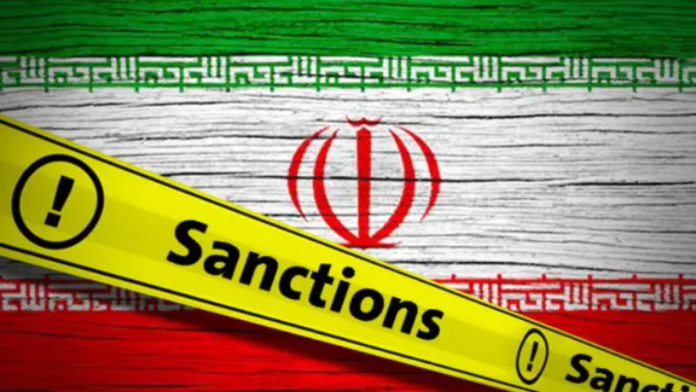The United States has announced fresh sanctions against Iran to reinforce the “snapback” of United Nations restrictions. These actions highlight renewed global pressure on Tehran over its nuclear activities.
The snapback mechanism refers to the reactivation of older UN Security Council resolutions that had been lifted under past nuclear agreements. These resolutions include restrictions first passed between 2006 and 2010, which banned certain arms deals, trade in sensitive technologies, and activities tied to nuclear development.
According to U.S. officials, Iran’s failure to meet its nuclear commitments has triggered this snapback process. The re-imposition of these measures is meant to block Iran from advancing any projects that could aid in producing nuclear weapons. The U.S. move is both symbolic and practical, as it seeks to rally international support and ensure that Iran faces consequences for its non-compliance.
New Sanctions on Proliferation Networks
Alongside the re-imposed UN measures, Washington has taken further steps by sanctioning additional individuals and a company linked to Iran’s nuclear research network. These actions are made under Executive Order 13382, a law that specifically targets those who spread weapons of mass destruction or assist such efforts.
The sanctions target the Organization of Defensive Innovation and Research (SPND), accused of being the direct successor to Iran’s pre-2004 nuclear weapons program. This body has been under scrutiny for years for trying to obtain technologies that can be used for both civilian and military purposes. U.S. authorities state that these technologies could ultimately support nuclear weapons development.
Huawei crackdown deepens as US closes sanctions loophole fueling China tech fears
Sanctions on SPND Leadership
Those sanctioned include Reza Mozaffarinia, the current director of SPND, and Ali Fuladvand, who heads its research directorate. Both are accused of trying to advance sensitive projects and procure dual-use equipment that could be applied to nuclear activities.
Also designated is Mohammad Reza Ghadir Zare Zaghalchi, who has recently been linked with an SPND subgroup specializing in neutron behavior and radiation detection. Officials say his role has supported efforts to acquire equipment with direct applications to nuclear weapons development.
By naming these individuals, the United States is signaling that it will hold accountable not only the organization but also those in charge of driving its most sensitive programs.
Sanctions on Front Company and Executives
A company called Andisheh Damavand International Technologies (DamavandTec) has also been blacklisted. The firm is accused of helping Iranian nuclear experts travel to Russia for specialized training and for seeking advanced dual-use equipment on behalf of SPND.
Its chief executive, Ali Kalvand, and its chair, Ali Bakouei, are both sanctioned for attempting to purchase items abroad that could contribute to nuclear explosive devices. By adding DamavandTec and its leadership to the sanctions list, Washington is aiming to cut off the support structures that operate outside government offices but are closely tied to Iran’s nuclear projects.
UN restores sanctions list on Iran with 43 people and 78 groups named
The penalties freeze any assets under U.S. jurisdiction and prohibit American citizens or companies from doing business with the designated targets.
Washington’s Message of Accountability
The U.S. government has framed these moves as part of a broader campaign to prevent Iran from gaining the ability to produce nuclear weapons. Officials have emphasized that these sanctions are not just aimed at Iran but also serve as a warning to any non-Iranian entities considering cooperation with Tehran’s proliferation programs.
The announcement stressed that the United States is committed to blocking every path toward a nuclear weapon for Iran. Authorities underscored that foreign companies, research institutions, or individuals that help Iran obtain sensitive technologies could also face sanctions. This warning aims to deter international suppliers from engaging in deals that could benefit Iran’s nuclear or missile development.
The action also builds on previous sanctions announced in May 2025, when Washington designated additional Iranian officials and one entity for involvement in nuclear-related research. By adding more names and organizations this time, the U.S. is trying to cut off the support networks that enable Iran to advance its most sensitive projects.
Through this layered approach, the U.S. is reinforcing the re-imposed UN restrictions with its own national measures. The combination of international and American sanctions seeks to increase pressure on Tehran and limit its ability to access the outside resources needed for proliferation activities.


